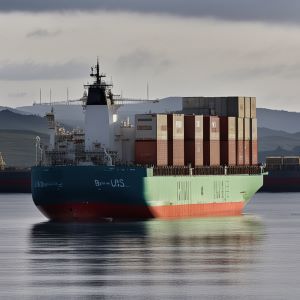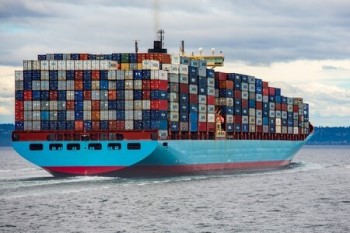The technology of small nuclear reactors SMR (Small Modular Reactor) is booming around the world due to the enormous challenge of generating energy without polluting the environment, and especially in processes that require enormous amounts of energy.
The “problems” of nuclear energy are its cost, the pollution generated if a leak occurs, and the management of radioactive waste for many years. But if the reactor works well, as it usually does, it is capable of generating a lot of energy with very little fuel. And it does so without contaminating the environment.
I am not at all an enthusiast of nuclear energy, but we cannot leave it aside when considering the real possibilities we have to obtain the enormous amount of energy that we will need to generate in a non-polluting way in the coming years.
And since almost all possibilities are open, more and more people are analyzing the new 4th generation small nuclear reactors (SMR) to produce electricity, to move large ships, etc.
Maritime transport has a very difficult time finding a substitute for the heavy fuels it uses today. They have set the goal of becoming “net zero” in the year 2050, but it is more a wish of good intentions than something concrete and achievable.
A ship from Shanghai to Amsterdam consumes 4,000 tons of fuel. And 300 million tons of fuel are consumed worldwide every year. And the EEC plans in the coming years to tax them for their carbon emissions.
A possible non-polluting alternative fuel is ammonia, which has half the calorific value of current fuel oil, meaning 600 million tons would be needed to move all the ships. Then it would be very difficult (if not impossible) to generate ammonia for all cargo ships in the future.

With these enormous figures and if industrial activity is maintained, it is very logical that some think about the possibility of placing large state-of-the-art SMR reactors on ships to generate movement.
SMR (Small Modular Reactors) technology is a new generation of modular nuclear power reactors, which offer a series of advantages over conventional nuclear reactors. Among these advantages are its smaller size and weight, its greater design flexibility, its greater security and its lower cost.
The advantages of SMR technology for large transport ships are as follows:
- Smaller size and weight: SMR reactors are much smaller and lighter than conventional nuclear reactors. This allows it to be installed on vessels of smaller size and weight, which can reduce construction and operation costs.
- Greater design flexibility: SMR reactors can be designed to adapt to the specific needs of each vessel. This makes it possible to optimize the performance of the reactor and reduce the cost of the installation.
- Greater safety: SMR reactors are designed with a high level of safety. This is achieved through a series of measures, such as the use of high-resistance armor materials, the adoption of redundant security systems and the implementation of advanced control and surveillance systems.
- Lower cost: The cost of SMR reactors is lower than that of conventional nuclear reactors. This is due to its smaller size and weight, its greater design flexibility and its greater security.
La aplicación de la tecnología SMR en los grandes barcos de transporte plantea también una serie de desafíos, entre los que se encuentran:
- Regulation: The regulation of nuclear reactors is complex and can vary from one country to another. Specific regulation for SMR reactors needs to be developed to ensure their safety and reliability.
- Cost: The cost of installing an SMR reactor on a ship can be high. It is necessary to develop technologies to reduce the cost of installation.
- Human resources: The operation and maintenance of an SMR reactor requires qualified personnel. It is necessary to develop training programs to prepare these personnel.
In the coming years, it is more than likely that there will be an increase in investment in research and development of SMR technology. This could lead to overcoming the aforementioned challenges and commercializing SMR technology for large transport ships.
In a future scenario, large transport ships could be powered by SMR reactors. This could help reduce dependence on fossil fuels and improve the energy efficiency of shipping.
In a few years, we will see what time has in store for us.

